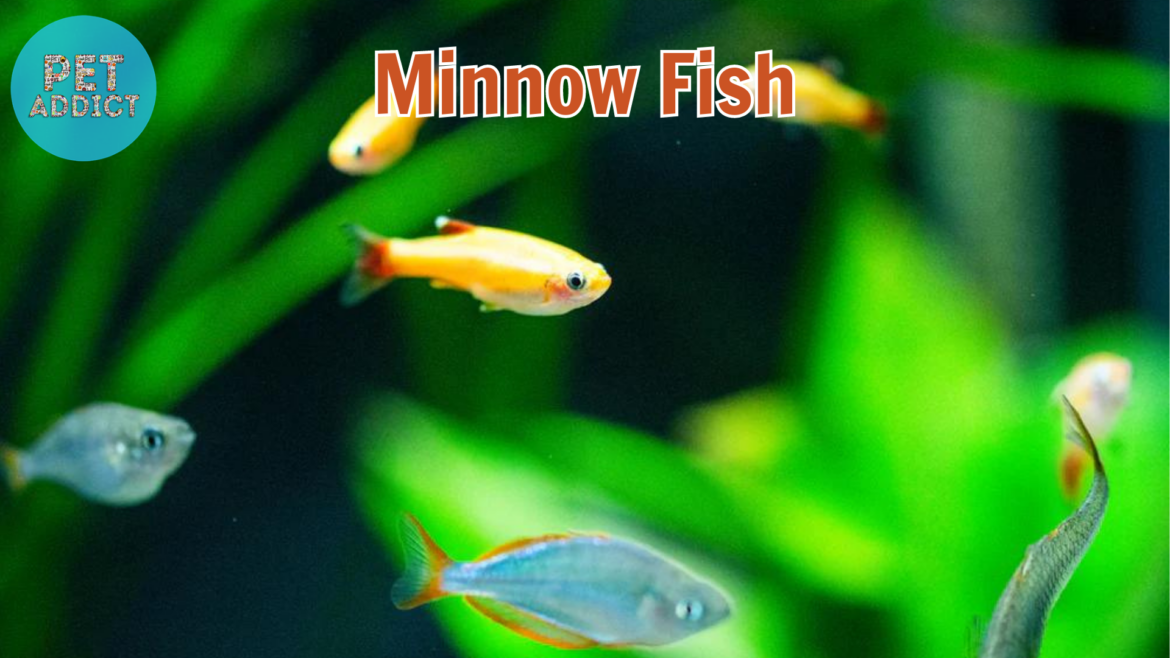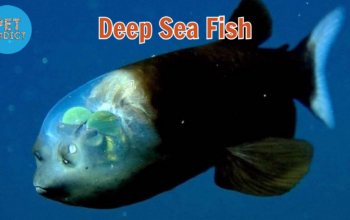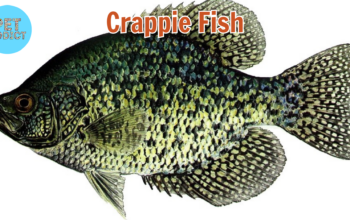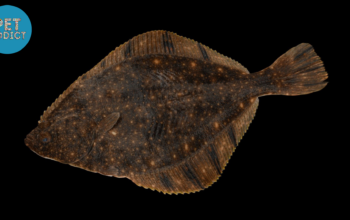Aquariums are a captivating way to bring a slice of aquatic life into our homes. Among the many choices of fish suitable for aquariums, minnow fish stand out as one of the most delightful and versatile options. Their vibrant colors, engaging behaviors, and relatively easy care requirements make them a favorite among both novice and experienced aquarists. In this article, we will dive into the world of minnow fish breeds for aquariums, exploring their characteristics, care needs, compatibility, breeding, and more.
PetAddict.net – The best place where you can find everything about your pet!
Understanding Minnow Fish
What are Minnow Fish?
Minnow fish, often referred to simply as “minnows,” are small freshwater fish belonging to the Cyprinidae family. They come in various species and exhibit a wide range of colors, patterns, and sizes. Minnows are known for their active nature and schooling behavior, which adds liveliness to any aquarium they inhabit.
Characteristics of Minnow Fish
Minnow fish are characterized by their streamlined bodies, forked tails, and upturned mouths. These features are adaptations that help them thrive in their natural habitats, which are often fast-flowing streams and rivers. Their colors can vary from species to species, with shades of gold, silver, red, and even iridescent blues.
Popular Minnow Fish Breeds for Aquariums
Rosy Red Minnow (Pimephales promelas)
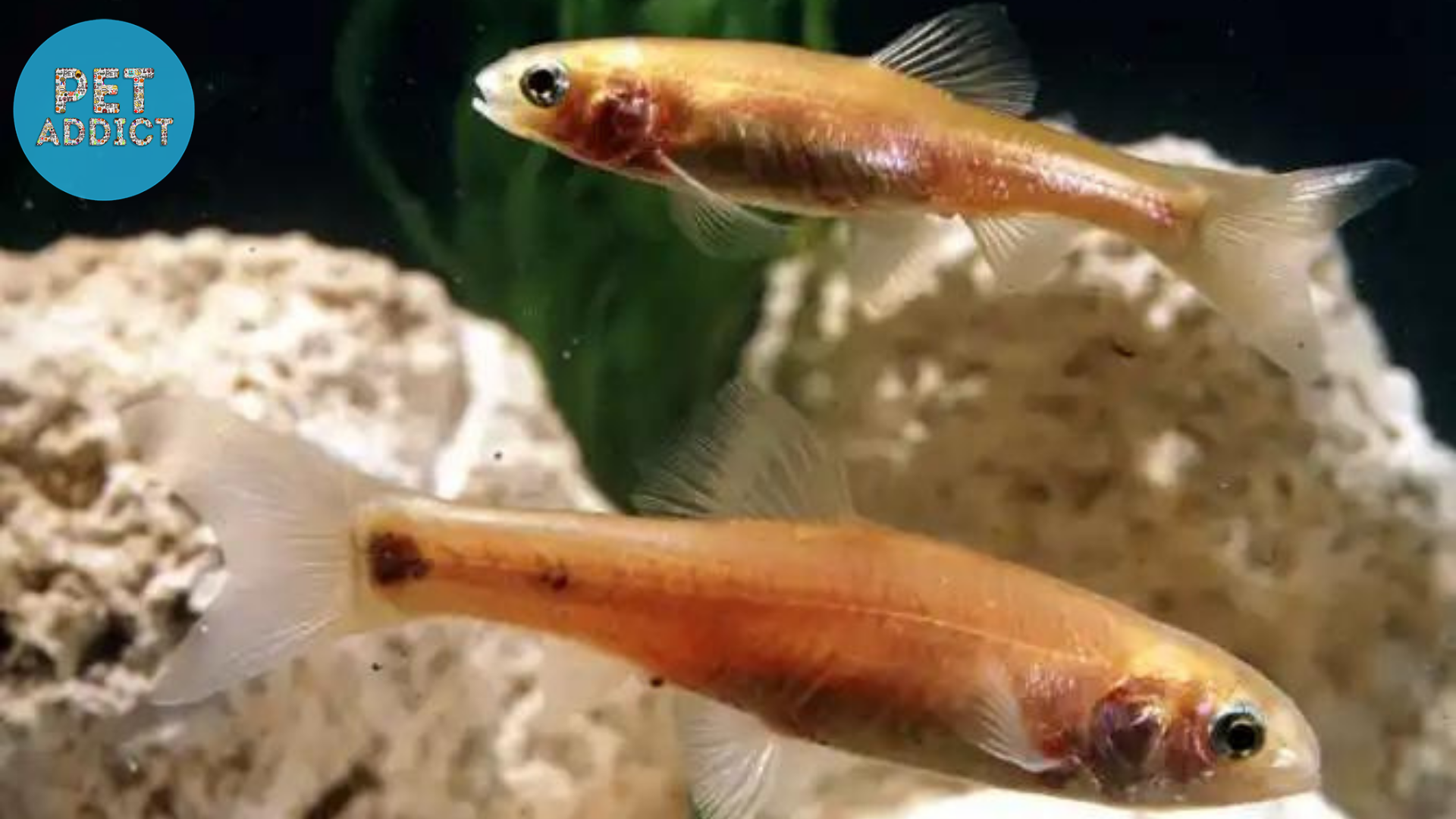
The Rosy Red Minnow, also known as the Fathead Minnow, is a commonly kept aquarium fish. With its distinctive red coloration and sociable behavior, it adds a vibrant flair to any tank.
White Cloud Mountain Minnow (Tanichthys albonubes)
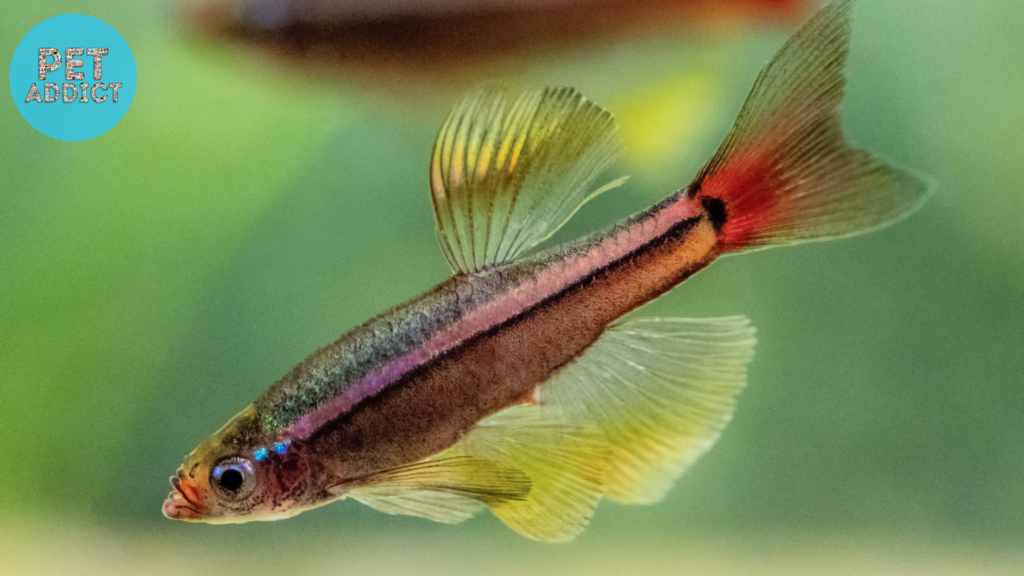
Known for its peaceful disposition and stunning white-tipped fins, the White Cloud Mountain Minnow is a favorite choice for community aquariums.
Fathead Minnow (Pimephales promelas)
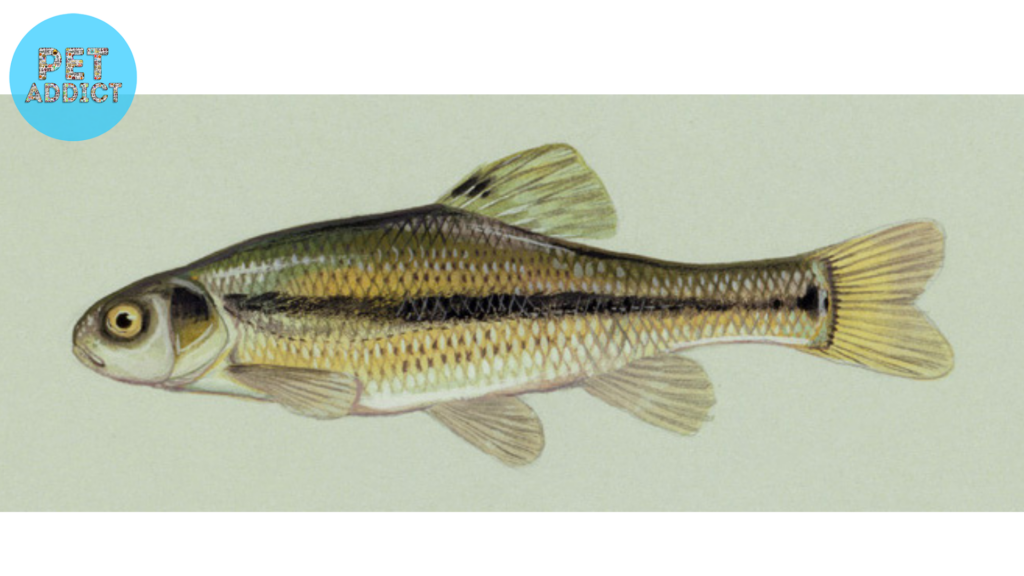
The Fathead Minnow, as the name implies, has a relatively large head compared to its body. Its olive-green hue and shoaling nature make it an interesting addition to aquariums.
Golden Shiner Minnow (Notemigonus crysoleucas)
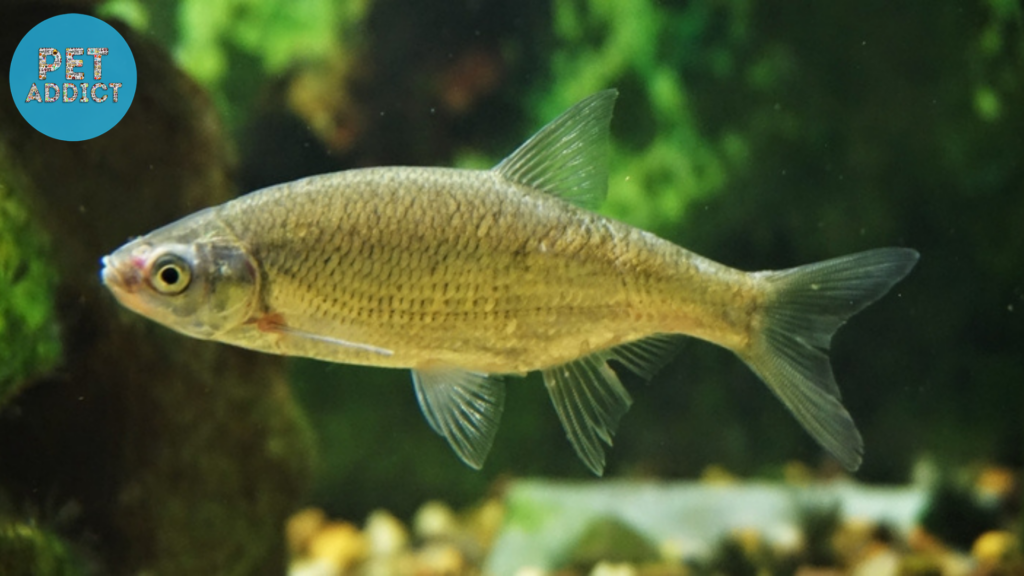
Golden Shiner Minnows bring a dash of gold to aquariums. These active swimmers do well in groups and thrive in spacious tanks.
Setting Up Your Aquarium
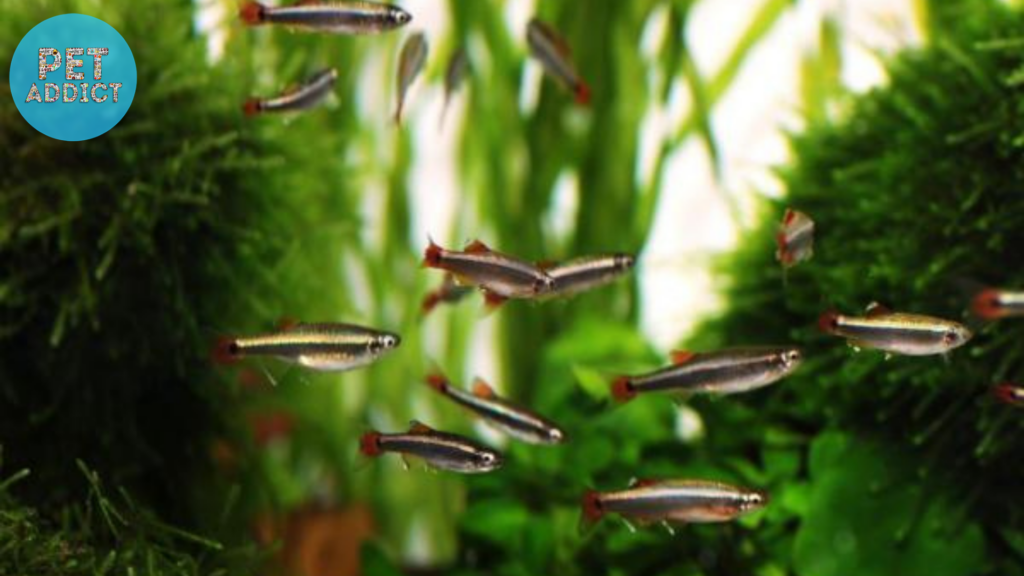
Tank Size and Requirements
Before bringing home minnow fish, ensure you have an appropriately sized tank. A tank of at least 20 gallons is recommended for a small school of minnows. Provide hiding spots using rocks, plants, and decorations.
Water Conditions
Maintaining the right water conditions is crucial. Keep the water temperature between 65°F to 75°F (18°C to 24°C) and maintain a neutral pH level around 7.0. Regular water testing and changes are vital.
Adding Hiding Places
Minnowfish feel secure with hiding places. Utilize live or artificial plants, caves, and driftwood to create a natural environment that also doubles as shelter.
Feeding and Care
Appropriate Diet
Minnowfishare omnivores, which means they eat a variety of foods. Provide a balanced diet of high-quality flakes, pellets, frozen or live foods like brine shrimp and daphnia.
Maintenance and Water Changes
Regular aquarium maintenance includes checking the filtration system, monitoring water parameters, and conducting partial water changes (about 25%) every two weeks.
Compatibility with Other Fish
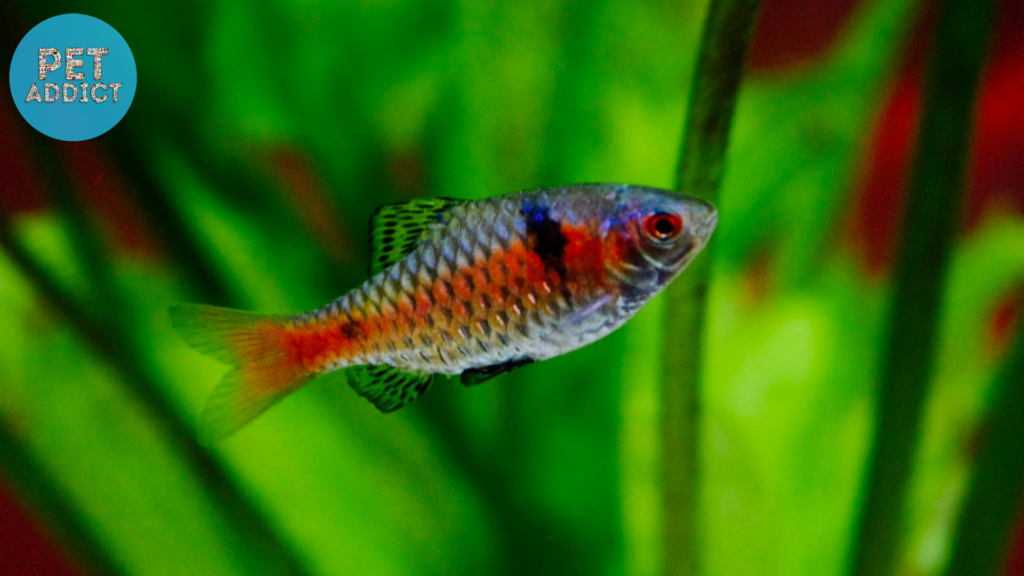
Community Tank Options
Minnow fish generally get along with other peaceful community fish, such as tetras, guppies, and danios. Always research the compatibility of species before adding them to the same tank.
Avoiding Aggressive Species
Avoid housing minnow fish with aggressive or fin-nipping species, as minnows’ peaceful nature might make them targets for bullying.
Common Health Issues
Identifying Health Problems
Watch out for signs of distress like lethargy, loss of appetite, or abnormal swimming patterns. These can be indicators of health issues.
Preventive Measures
Maintain good water quality, provide a varied diet, and quarantine new fish before introducing them to your main tank to prevent the spread of diseases.
Tips for Enjoying Your Minnow Aquarium
Observing Natural Behaviors
Take time to watch the schooling behavior of minnow fish. Their synchronized movements are a treat to observe.
Creating a Stimulating Environment
Change the arrangement of decorations and hiding spots occasionally. This helps keep the fish engaged and simulates their natural habitat.
Conclusion
Incorporating minnows into your aquarium can be a rewarding experience. Their captivating colors, active behavior, and relatively undemanding care requirements make them an excellent choice for both beginners and experienced hobbyists. By providing them with the right environment, diet, and companions, you can create a vibrant aquatic display that brings joy and tranquility to your space.
FAQs
Can I keep minnow fish with bettas?
Minnow can be compatible with bettas if the tank is large enough and well-planted to provide hiding spots. Monitor their interactions closely to ensure everyone’s safety.
How often should I feed my minnow fish?
Feed your minnow a small amount of food 2-3 times a day. Ensure they consume the food within a few minutes to prevent overfeeding and water quality issues.
What’s the lifespan of minnow fish in captivity?
With proper care, minnowfish can live for around 3 to 5 years in captivity.
Can minnow fish tolerate colder water temperatures?
Yes, minnowfish are generally hardy and can tolerate slightly colder water temperatures. However, extreme cold should still be avoided.
Are minnow fish suitable for beginners?
Yes, minnowfish are often recommended for beginners due to their adaptable nature and relatively easy care requirements.

